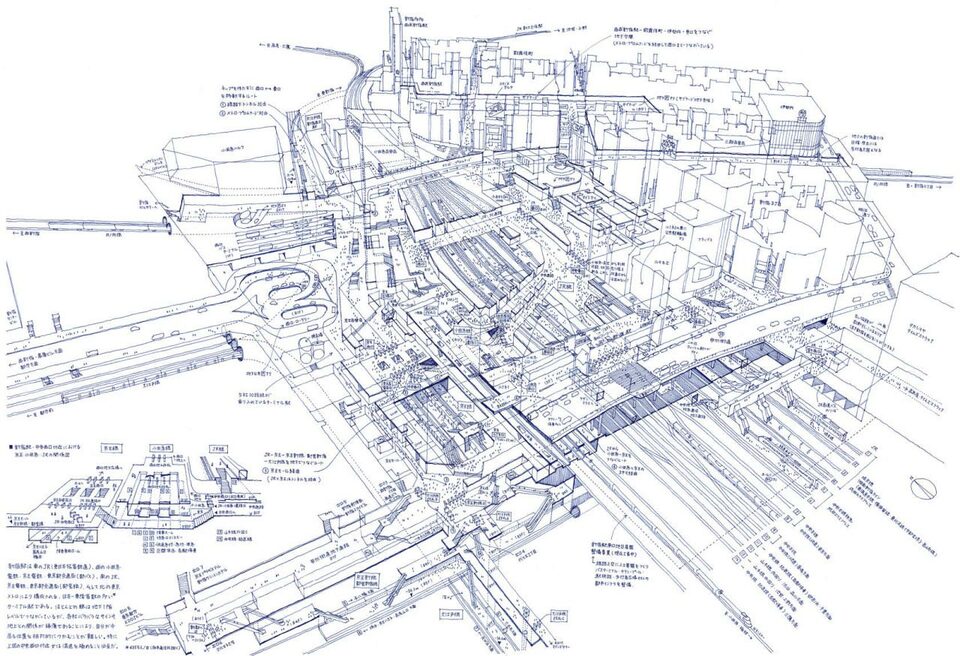To ensure a sustainable, reliable, and efficient energy supply, it is necessary to rethink electricity infrastructures holistically, through planning strategies that include energy, transport, cities, human capital, and new technologies.
The production and consumption of electricity must be able to "communicate" with each other concerning the great uncertainty due not only to the weather effects but also to the behavior of prosumers, the introduction of electric mobility, smart homes, etc. It is essential to calibrate production on consumption and vice versa, to obtain a dynamic and reliable electrical system, with integrated systems that interconnect energy, buildings, industry, EVs, and people.

We can provide innovative energy distribution models, which consider not only the structural part but also the dynamics of life, that must be integrated holistically for the design of the new Smart Grids as Neural Grids.
Infrastructure can be a lot more than canals, railroads, highways, and aviation. Today’s infrastructure should be ‘smart’ and connect regions through transportation, energy, communications, education, and economic assets.
Smart infrastructure is not the future, it is now
We suggest that to build a 21st-century infrastructure that will enable economic growth and prosperity, public and private stakeholders must work together to take several identified steps:
Exploit structural advantages to achieve a responsive supply chain, operating at lower-cost with less congestion, by taking advantage of lower cost “home-shoring” sub-regions in support of dominant industries.
Connect regional networks and industry clusters to leverage their inherent economies with the appropriate infrastructure technology and management.
Develop workforce skills that can bring together the interests of business, education, and government.
Finance strategic opportunities creatively, using a range of innovative options to match affordability with productivity and speed to market.